It is found that all electromagnetic signals sent from A towards B reach point C inside the glass sphere, as shown in figure. The speed of electromagnetic signals in glass cannot be:
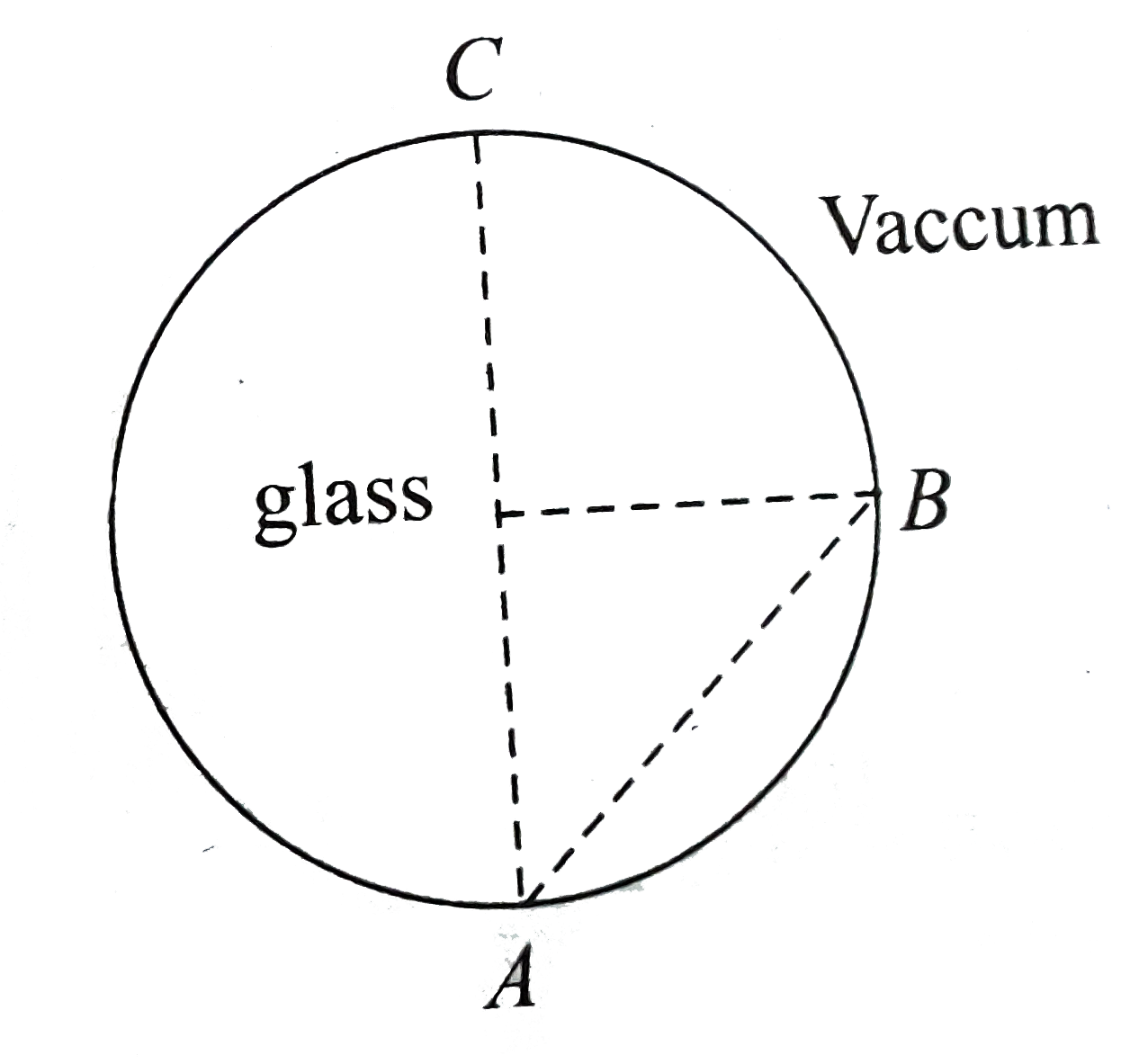
1.0×108ms−1
2.4×108ms−1
2×107ms−1
4×107ms−1
The correct Answer is:b.
This is a case of total internal reflection .
Here θ=45∘ and θ>θC
⇒45∘>θC⇒sin45∘>sinθC
⇒1√2>1μ
⇒μ>√2 (As v=cμ)
⇒cv>√2
v<c√2=3×108√2⇒v<2.1×108
Only (b) is not possible.
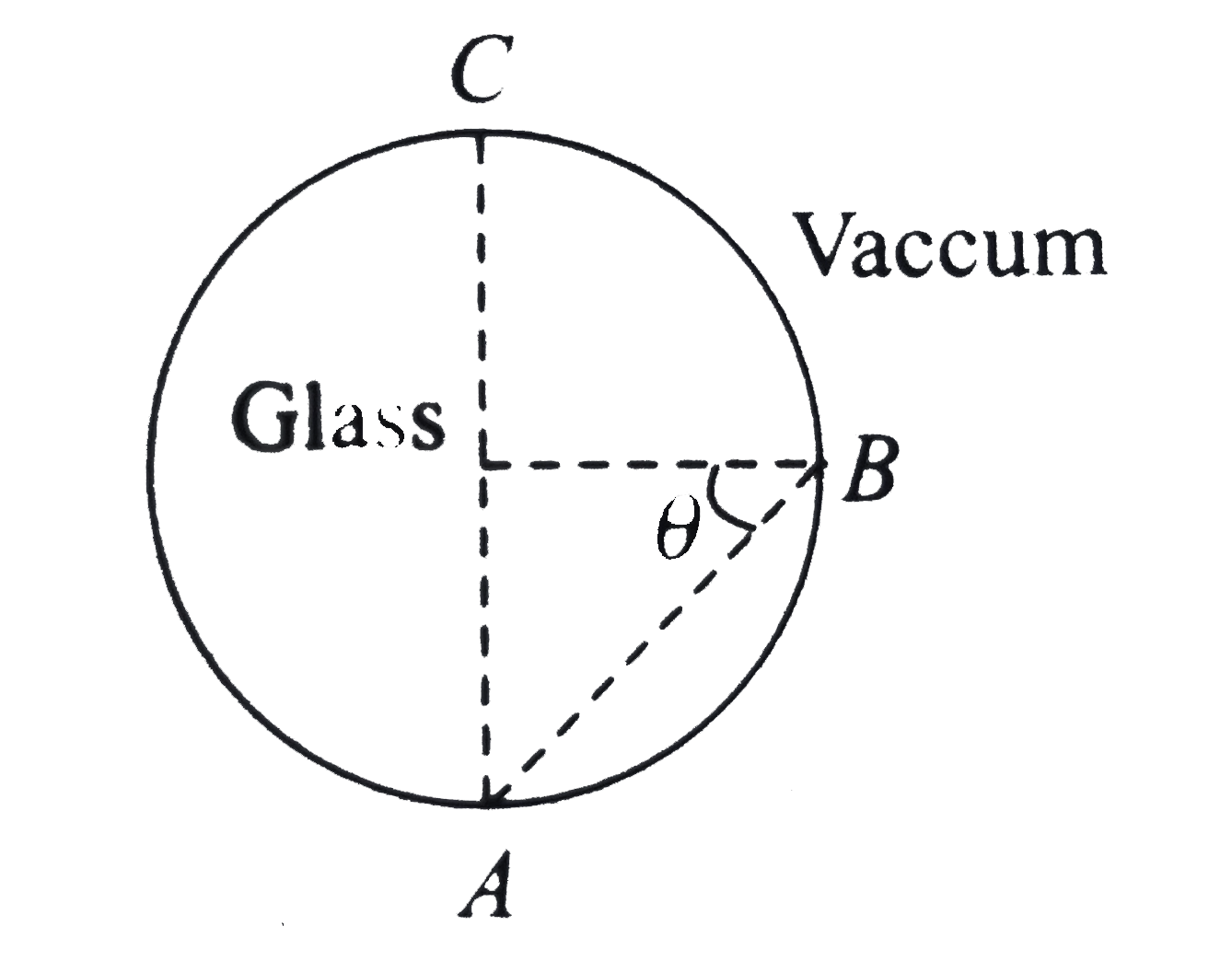
Topper's Solved these Questions
- GEOMETRICAL OPTICSBook:CENGAGE PHYSICSChapter:GEOMETRICAL OPTICSExercise:Assertion-Reasoninig
Explore 2 Videos
- GEOMETRICAL OPTICSBook:CENGAGE PHYSICSChapter:GEOMETRICAL OPTICSExercise:Linked Comprehension
Explore 51 Videos
- GEOMETRICAL OPTICSBook:CENGAGE PHYSICSChapter:GEOMETRICAL OPTICSExercise:Subjective
Explore 26 Videos
- FRICTIONBook:CENGAGE PHYSICSChapter:FRICTIONExercise:QUESTION BANK
Explore 1 Video
- GRAVITATIONBook:CENGAGE PHYSICSChapter:GRAVITATIONExercise:Question Bank
Explore 39 Videos
Similar Questions
It is found that Ball electromagnetic signals sent from A towards B reach point C. The speed of electromagnetic signals in glass cannot be.
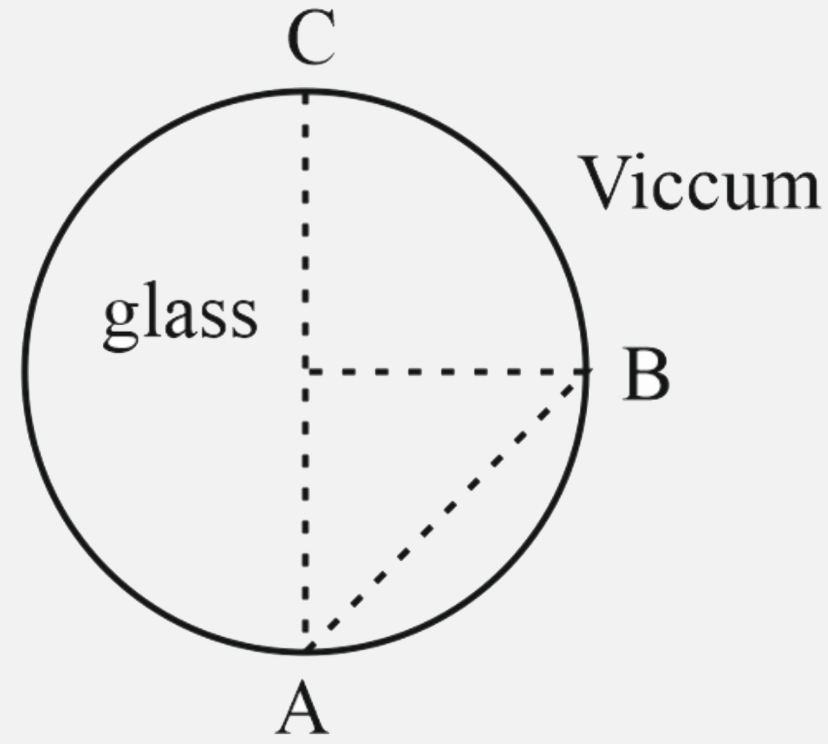
View SolutionThe figure shows an electromagnetic train signal. When it is switched on, the signal remains in the upward position, whereas when it is switched off, the signal remains in the downward position as shown in the figure.
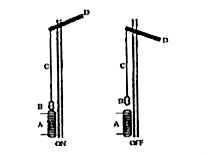
Which part of the electromagnetic train signal is the electromagnet?
View Solution
Knowledge Check
A ball of mass m is released from A inside a smooth wedge of mass m as shown in figure. What is the speed of the wedge when the ball reaches point B?
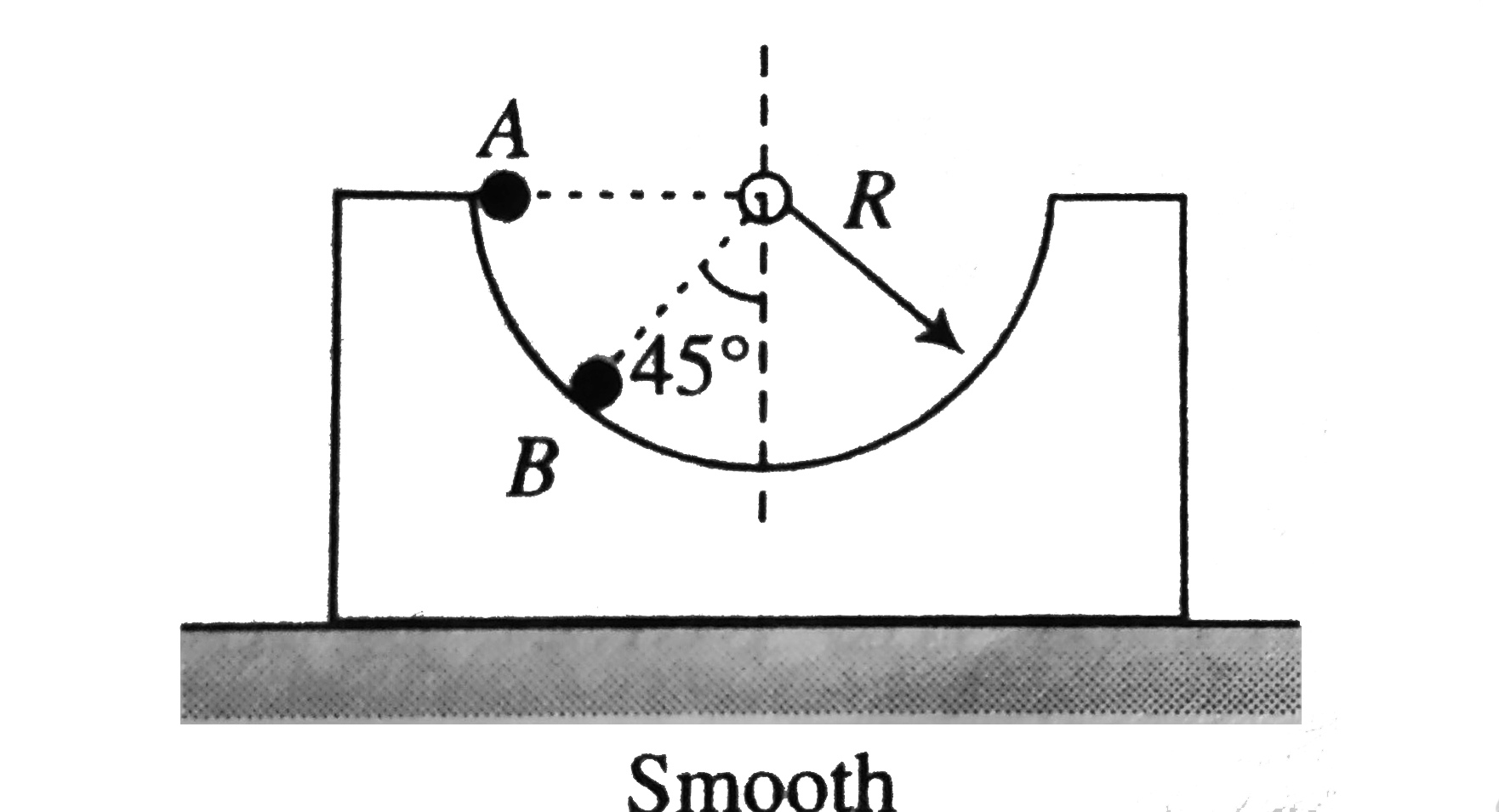 A(a) (gR3√2)1/2B(b) √2gRC(c) (5gR2√3)1/2D(d) √32gR
A(a) (gR3√2)1/2B(b) √2gRC(c) (5gR2√3)1/2D(d) √32gRA cavity of radius r is made inside a solid sphere. The volume charge density of the remaining sphere is ρ. An electron (charge e, mass m) is released inside the cavity from point P as shown in figure. The centre of sphere and center of cavity are separated by a distance a. The time after which the electron again touches the sphere is
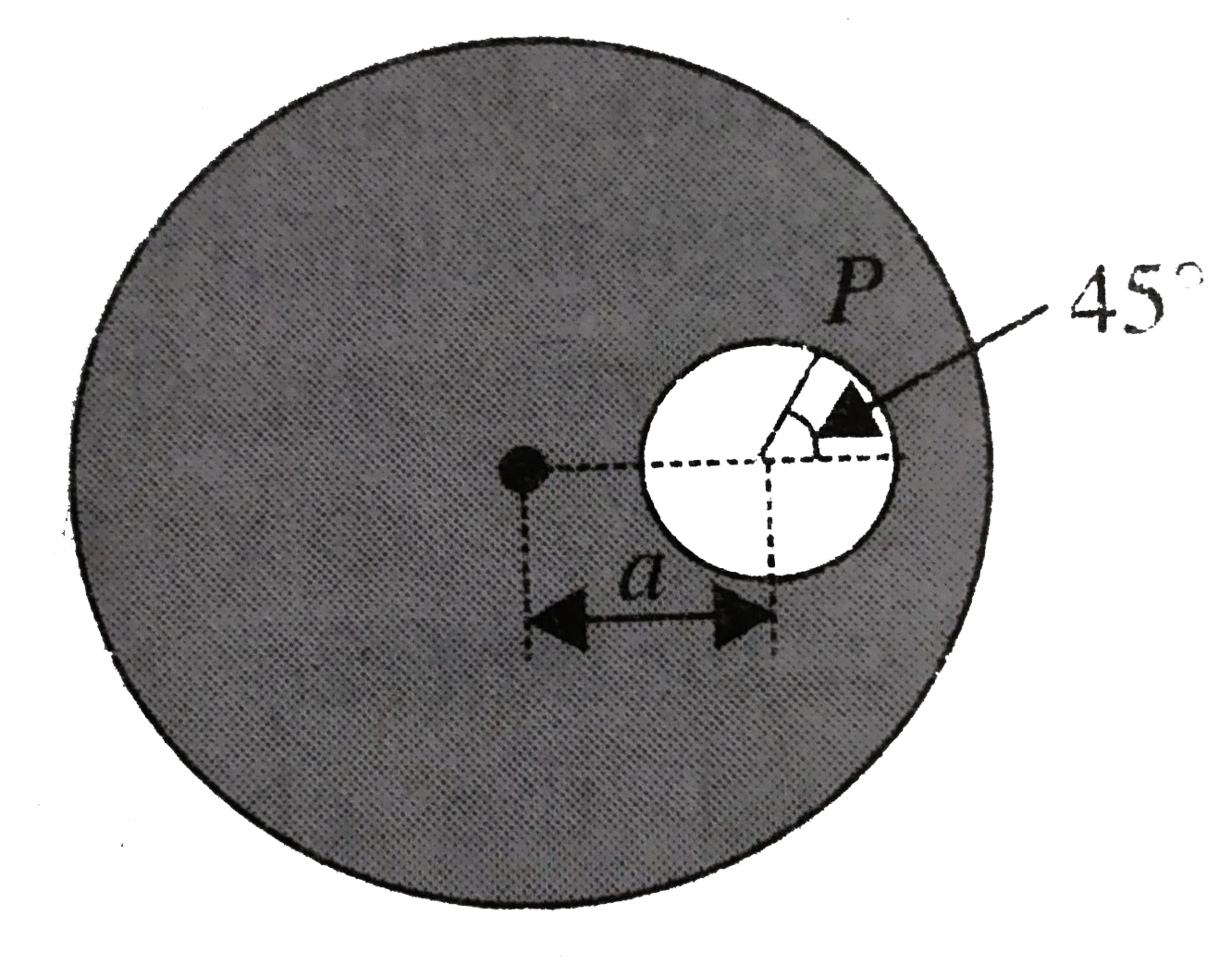 A√6√2rε0mepaB√√2rε0mepaC√6rε0mepaD√rε0mepa
A√6√2rε0mepaB√√2rε0mepaC√6rε0mepaD√rε0mepaThe apparent change in the frequency n of the electromagnetic signal, sent from a rocket approaching the moon with velocity v(v<<c) , when it is received back by the rocket driver being reflected by the moon, is -
A(vc)nB(2vc)nC{(c+vc)}nD(vc)2n
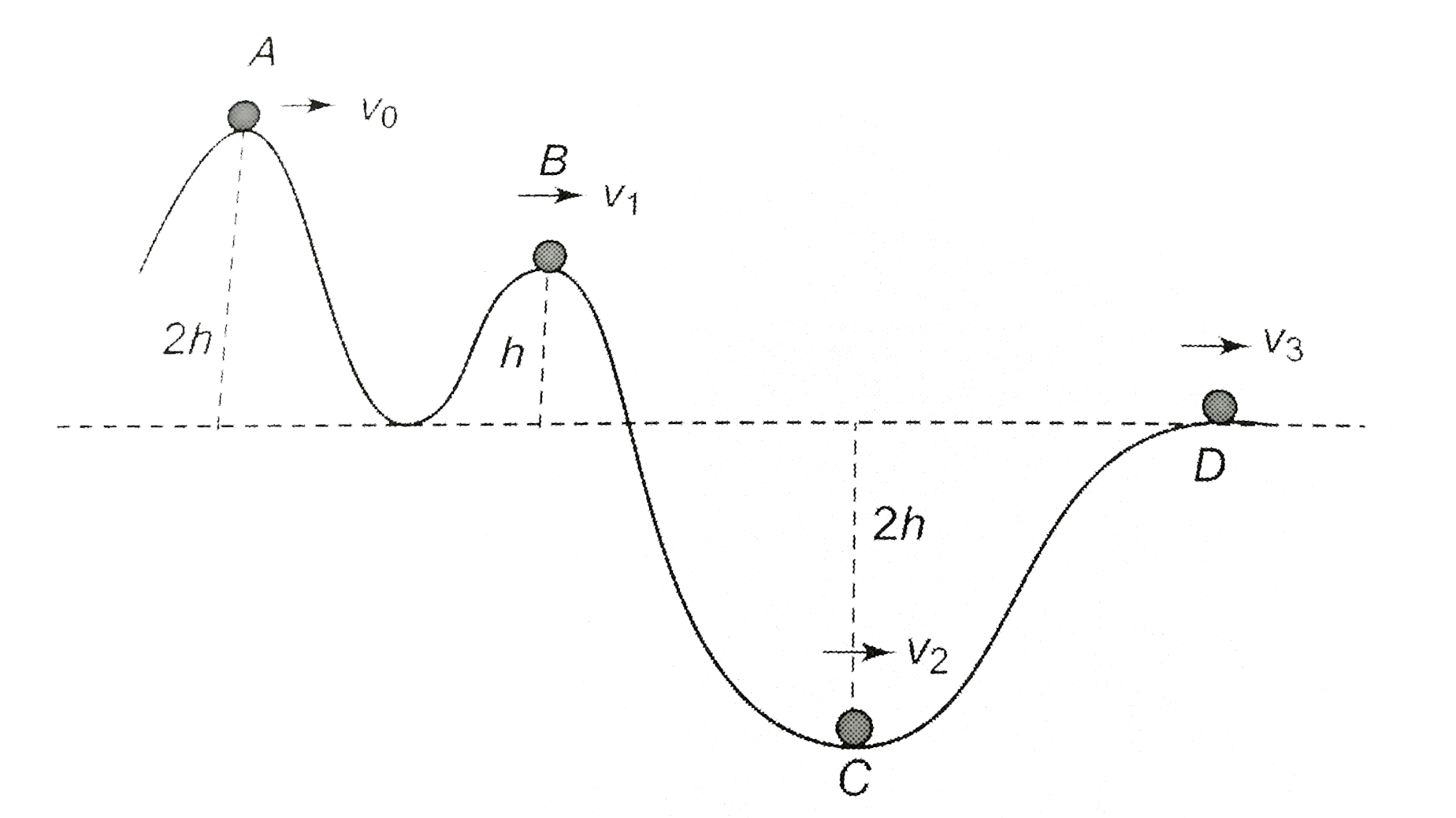
A particle is given velocity v0 at point A as shown in the figure. Find the speed of particle at point B,C and D
View SolutionA point object O is placed slightly above the centre C of a glass sphere as shown in figure. If it is viewed almost normally from above the sphere, its image is seen
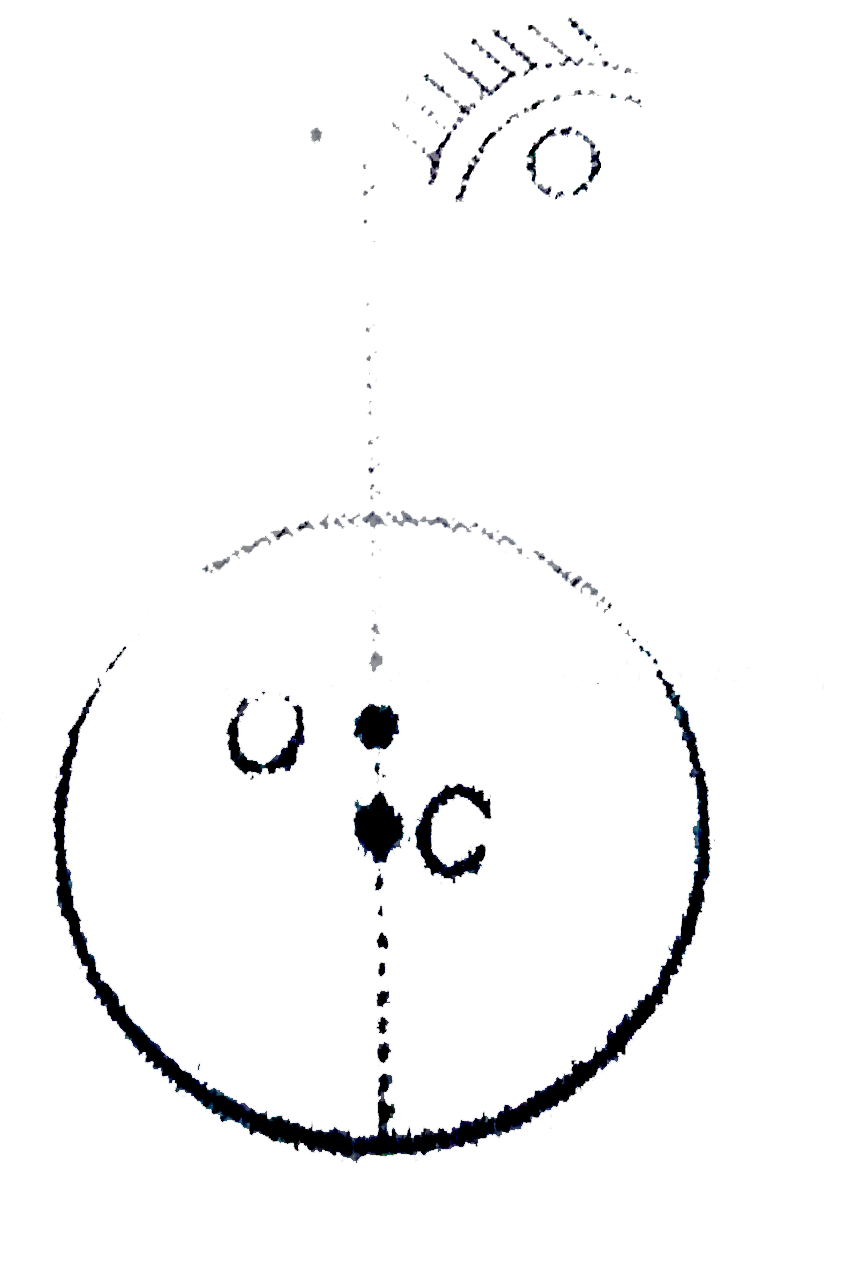
View SolutionA smooth sphere (mass 10kg. negligible radius) rolls on a smooth curved surface from the point A with a speed of 10m/s as shown in figure. The sphere reaches the point D passing through point B. If the ground is taken as reference . Then [ Take g=10m/s2]
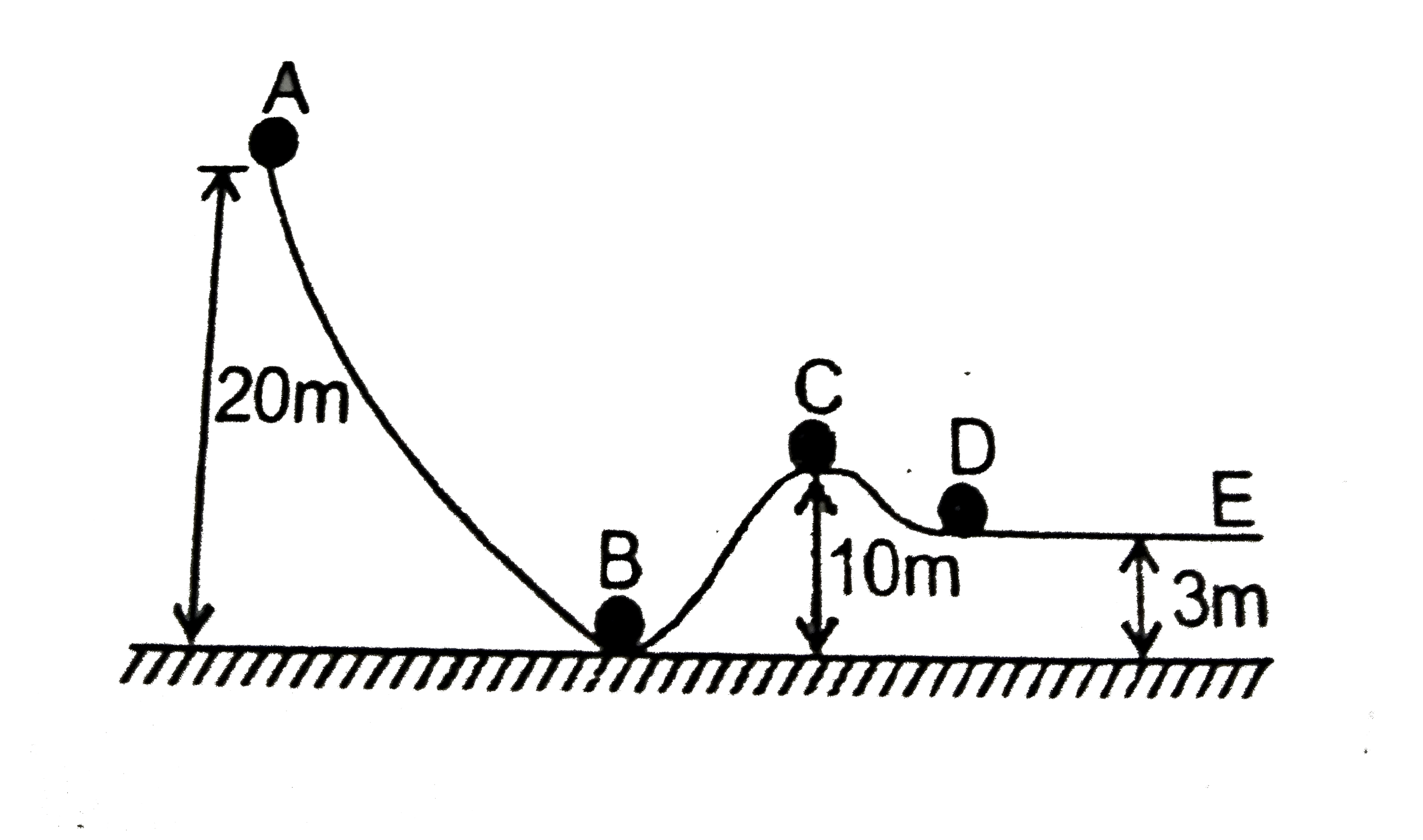
The total energy of the sphere at the point A.
View SolutionA smooth sphere ( mass 10kg. negligible radius ) rolls on a smooth curved surface from the point A with a speed of 10m/s as shown in figure. The sphere reaches the point D passing through point B. If the ground is taken as reference . Then [ Take g=10m/s2]
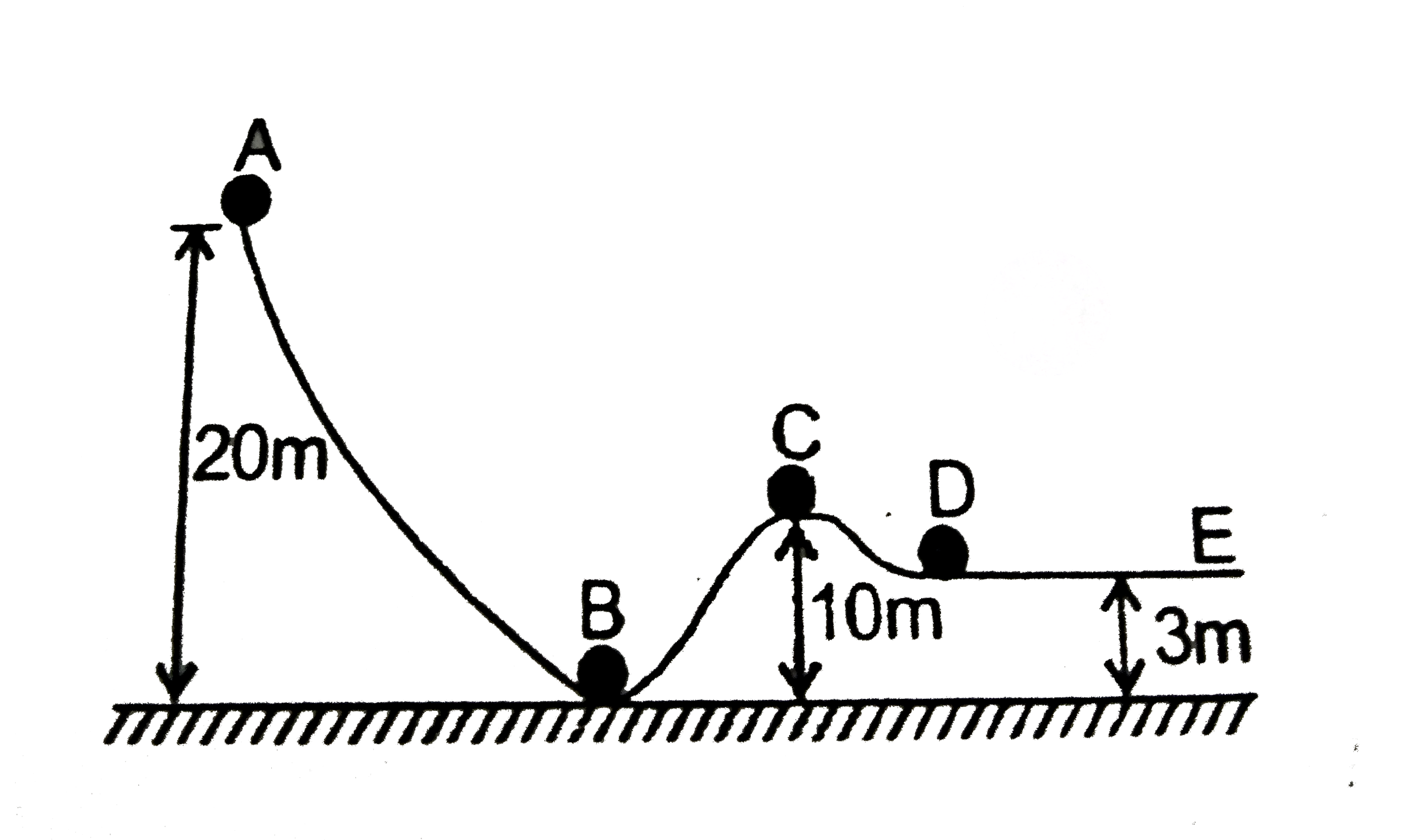
The kinetic energy at C
View SolutionA smooth sphere ( mass 10kg. negligible radius ) rolls on a smooth curved surface from the point A with a speed of 10m/s as shown in figure. The sphere reaches the point D passing through point B. If the ground is taken as reference . Then [ Take g=10m/s2]
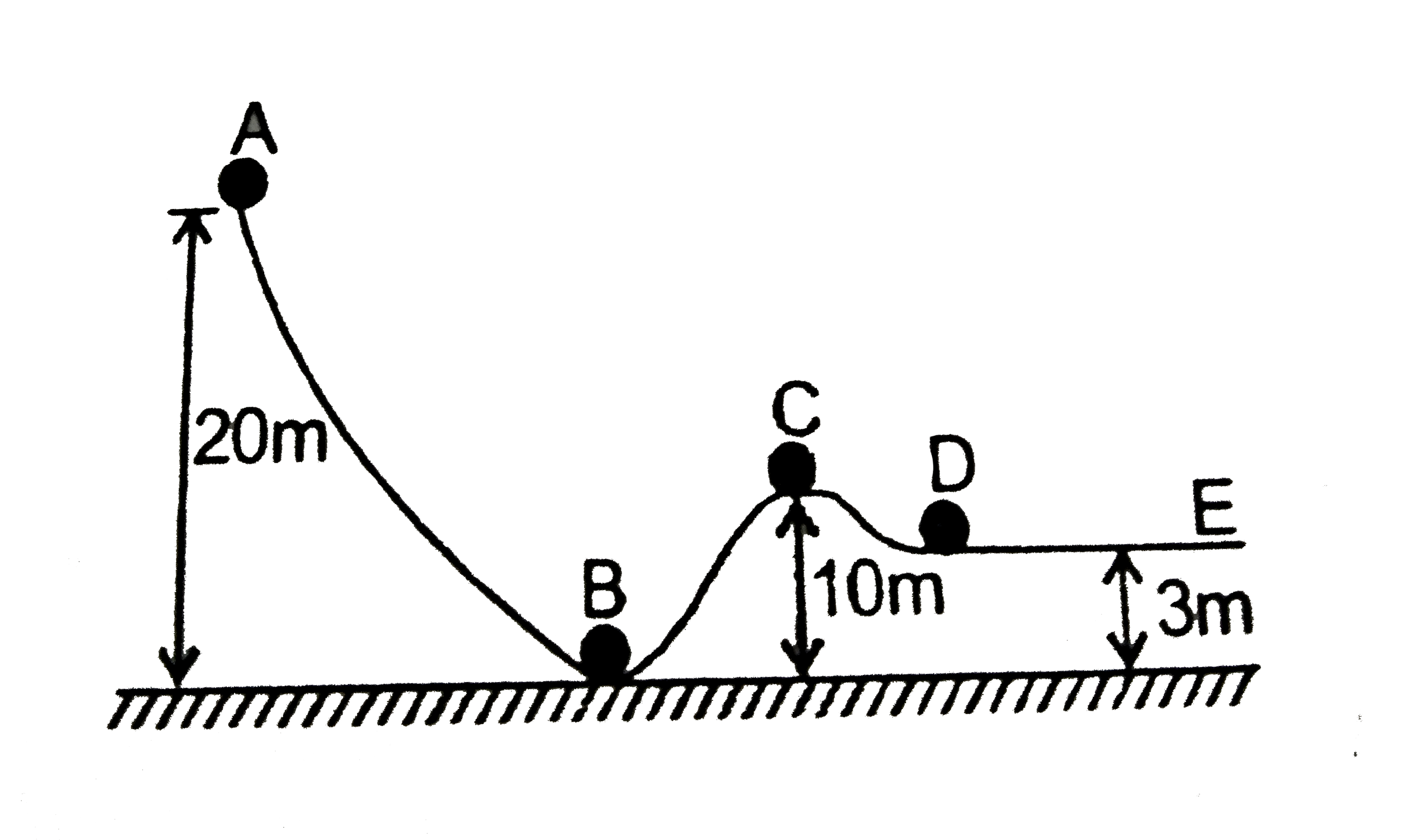
Will the sphere go beyond D ?
View Solution